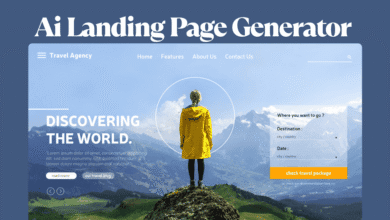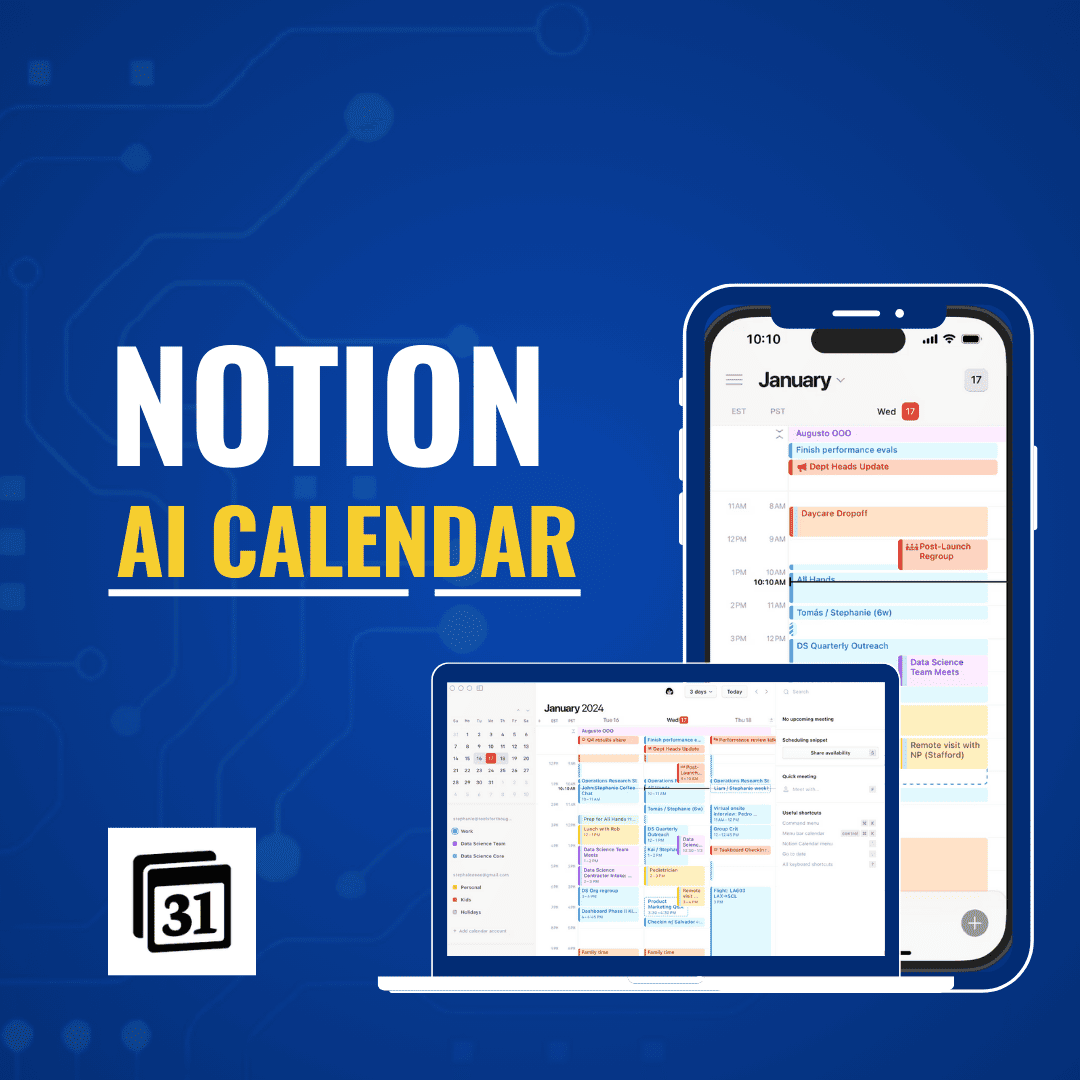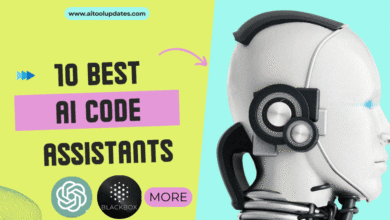
In today’s world, organizations are in a constant race to optimize the skills and output of their employees. The answer AI tools for training and development. These sophisticated technologies have not come to just increase efficiency; they help businesses create better training and evaluation systems as well as improve employee productivity. For those looking to enhance their training programs, here is the impact of AI tools in training.
Impact of AI on Training and Development
Manual training methods have often suffered due to lack of flexibility and customization which also made them intensive resources. AI revolutionizes the delivery and personalization of learning. These are some of the areas in which AI has a great impact on training and development:
Custom-tailoring: AI helps in providing personalized experiences for each employee according to their unique skill gaps and preferences.
Effectiveness: More accurate and faster training can be achieved through the automation of many processes.
Global Reach: Al can provide training of superior quality to vast and diverse audiences at one time.
Automated Reporting: AI can help in tracking and monitoring employee’s progress and adjusting learning paths, enhancing the overall efficiency of the training.
The combination of these changes ensures better growth and performance for both employees and the organization. AI tools also assist in ensuring that employees acquire new skills and knowledge on an ongoing basis.
Leading AI-Based Technologies in Training and Development
Almost every sector has AI powered tools with each designed to cater to specific aspects of training and development in an organization. Here are some tools that stand out:
1. Coursera for Business
Coursera employs AI to suggest courses that align with each employee’s competencies and career goals. The platform gives access to courses offered by leading universities and institutions, thus helping their clients step up the skills of their teams in Technology, Marketing, Leadership, and other key areas.
2. EdApp
EdApp is an AI powered microlearning platform which offers mobile based interactive bite-sized lessons known as “Smart Lessons”. Its AI algorithms suggest lessons based on individual progress and performance, optimizing the information retention skills for employees.
3. AI-Powered Chatbots (e.g., ChatGPT)
AI chatbots serve as virtual tutors, providing real-time assistance and guidance to employees during training sessions, which promotes active engagement. This helps to overcome some of the obstacles that hinder progress during learning sessions such as boredom and distraction.
4. Docebo
Using AI, Docebo’s Learning Management System automates mundane tasks, monitors learning activities, and tailors course recommendations.
5. Tovuti
Tovuti is an AI powered Learning Management System that allows users to create custom training content. The analytics reveal the areas where learners are doing well and where they are struggling.
With these AI driven solutions, organizations can improve productivity while ensuring training remains effective, interactive, and geared towards producing measurable outcomes.
How Learning Experiences Are Enhanced by AI Tools
AI tools go beyond making life easier because they are changing the learning experience for employees. Below are a few ways through which AI improves learning and performance.
1. Adaptive Learning Paths
Employers are able to use AI Training programs because the algorithms are designed to evaluate what employees already know and train them appropriately. For instance, if an employee lacks some technical skills, the program assists the learner by providing advanced materials to them.
2. Interactive and Gamified Experiences
A good number of AI tools include gamification as a component of enrollment, offering learners with quizzes, badges, and even leaderboards to stimulate excitement. Employees can maintain their zeal and motivation for learning if it is designed and delivered like a game.
3. Immediate Feedback
Employees no longer have to wait to be given personalized assistance. An AI tool can give feedback at the moment. For example, when an employee is coding, a virtual assistant can tell them the mistakes they are making or highlight areas where they need to do better when giving presentations.
4. Evolving Learning Development
These tools are also able to assist employees to ensure that other online tools such as Coursera and LinkedIn Learning are not just being accessed for the sake of accessing, but to learn something new that can be integrated into their daily roles for effective performance.
5. Improved retrieval of Information using Analytic Tools
Employers do not have to worry about knowing which lessons their subjects do not like because those gaps will be identified through AI-powered analytics that monitor the lessons employees review or skip. This feedback is important to refine the training material.
Practical Advantages of Incorporating AI into Training Programs
These are the advantages organizations are receiving when using AI tools for training and development:
Training New Employees is 90% Faster: AI-powered systems streamline onboarding processes and enable new hires to get accustomed to their work environments and workflows.
Employees Stay Longer: Respondents also indicated that personalized training bred appreciation due to employees perceiving businesses care about them.
Increased Productivity: Workers who go through tailored training tend to know how to navigate their roles and responsibilities with more confidence and thus more efficiently.
A 25% drop in the time it took to onboard new employees was achieved alongside heightened employee satisfaction metrics.
Closing Thoughts
AI adoption is a field that many organizations are chasing after. From tailored personalized learning pathways to real time feedback, AI tools serve invaluable purposes for augmenting the workforce, thus improving organizational performance and learning. Be it a small scale enterprise or a multinational, the use of AI in training solutions will change the dynamics of competition for businesses.
Now is the time to strategize about how to leverage such tools that boost intelligence and competencies within the workforce to better prepare for global challenges.





2 Comments